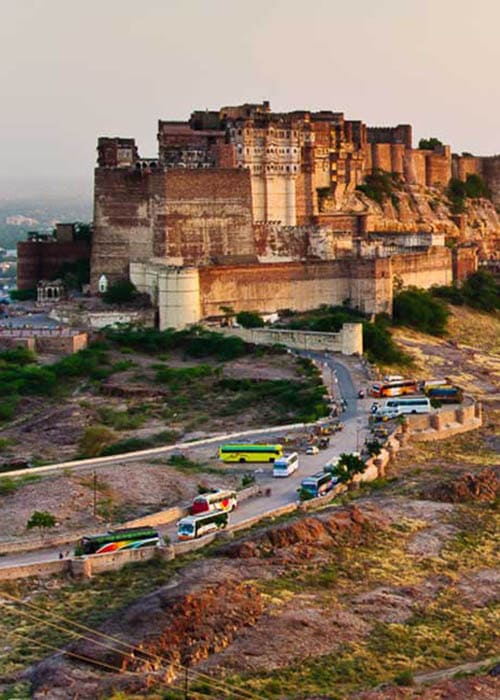
Mehran Garh Fort
Mehrangarh Fort located is one of the largest forts in India, Built around 1460 by Rao Jodha. Inside its boundaries there are several palaces known for their intricate carvings and expansive courtyards. The imprints of cannonball hits by attacking armies of Jaipur can still be seen on the second gate. To the left of the fort is the chhatri of Kirat Singh Soda, a soldier who fell on the spot defending the Mehrangarh fort.

Machia Bio Park
Machia Biological Park will be opened for public in March which will thus put Jodhpur on the eco-tourism map of the country. Spread over 41 hectare, the Rs 32.30-crore biological park will house lions, tigers etc. from different zoos across the country, including Jodhpur zoo. Deputy conservator of forest (wildlife) Mahendra Singh Rathore said efforts are being made to shift animals from Jodhpur zoo to the new shelter due to high levels of air and noise pollution.
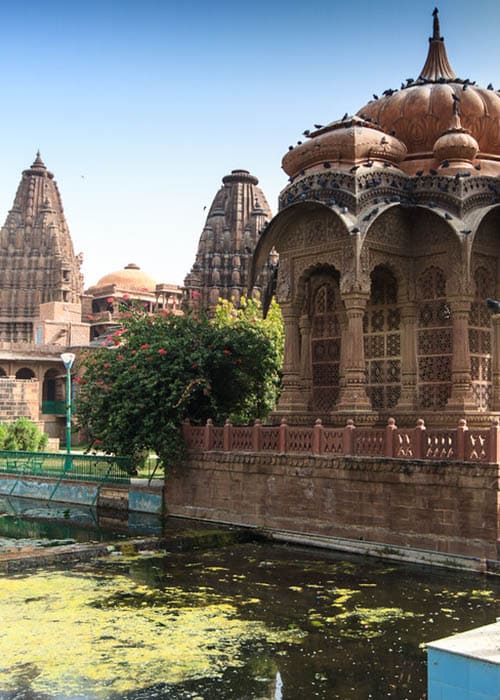
Mandore Garden
Mandore was the capital of the Marwar region before Jodhpur was founded but now it's in a miserable condition. There's an old fort, as well as an eclectic collection of temples and cenotaphs, and a small museum, in the Mandore Gardens. The monuments are in ruins and garbage is often scattered around. It's still worth a visit though, for the amazing architecture and history of a bygone era.
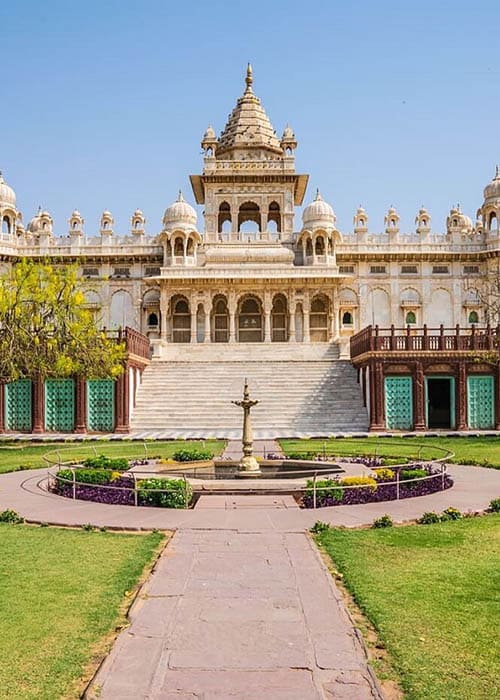
Jaswant Thada
To the left of the Mehrangarh Fort compound is the Jaswant Thada of Jodhpur, Rajasthan. It is a 19th century royal cenotaph built in commemoration of Maharaja Jaswant Singh II, the 33rd Rathore ruler of Jodhpur. The son of Maharaja Jaswant Singh, Maharaja Sardar Singh, in the memory of his father, built the Jaswant Thada. The cenotaph has two more tombs within it. Near to this are the royal crematorium and three other cenotaphs. .
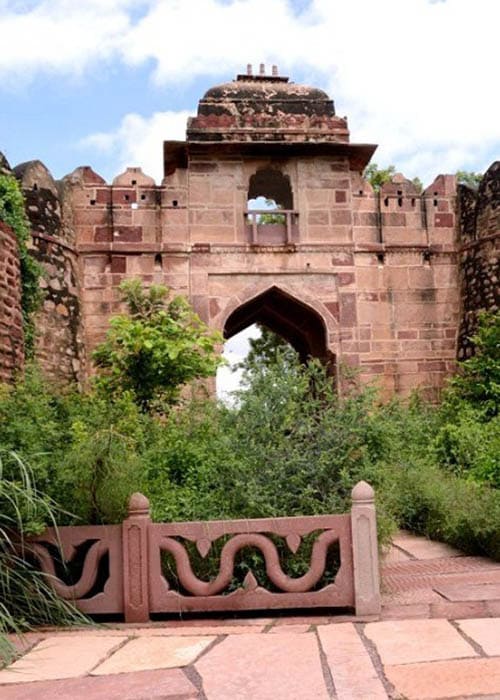
Rao Jodha Desert Rock Park
Rao Jodha Desert Rock Park was created in 2006 to try and restore the natural ecology of a large, rocky wasteland next to Mehrangarh Fort in Jodhpur. It had suffered years of neglect and was overrun by baavlia (Prosopis juliflora), an invasive, thorny shrub introduced from central America almost a century ago. The challenge was to eradicate the baavlia and create a suitable home for native rock-loving plants that we would bring back from the desert.
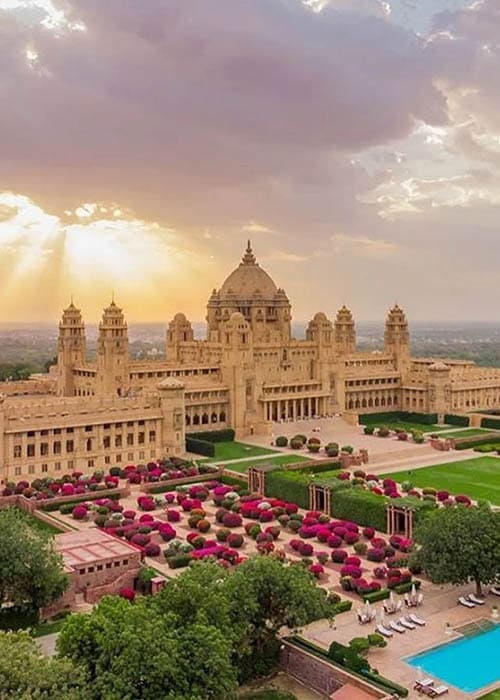
Umaid Bhawan Palace
The Umaid Bhawan Palace at Jodhpur, India's last great Palace, was constructed between 1929 and 1944. Constructed in what can loosely be described as the Indo-Art-Deco style, this magnificent edifice with 347 rooms is the world's largest private residence when it opened its doors as a royal residence in 1944. Named after The Late His Highness Maharaja Umaid Singhji, the palace has been the residence of Maharaja Umaid Singhji and his successors.
